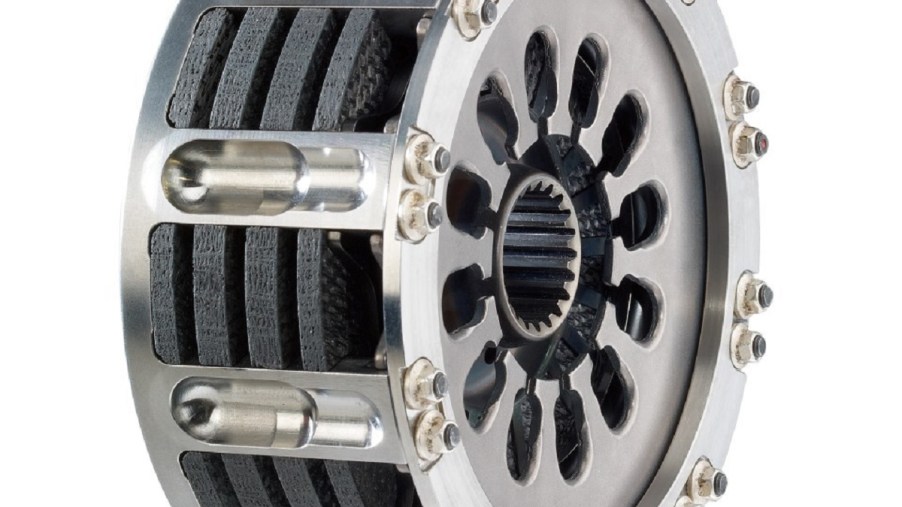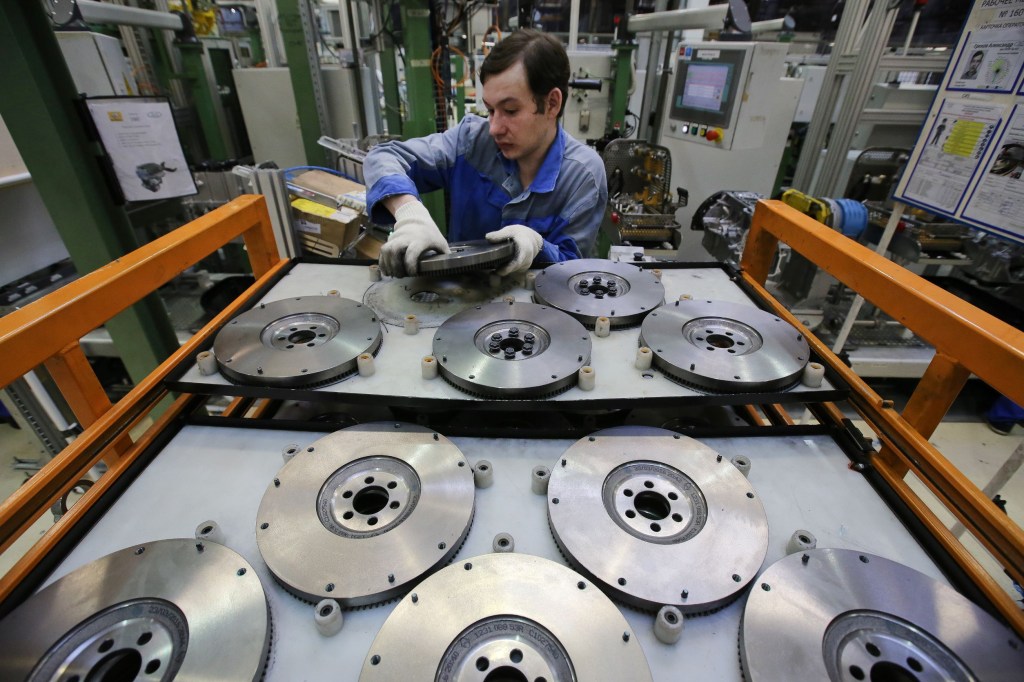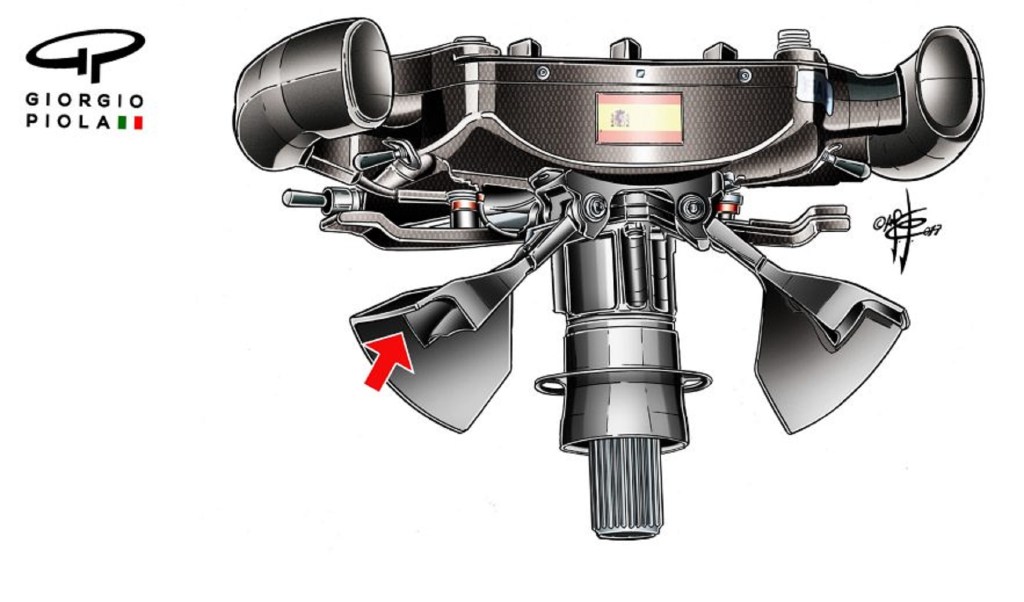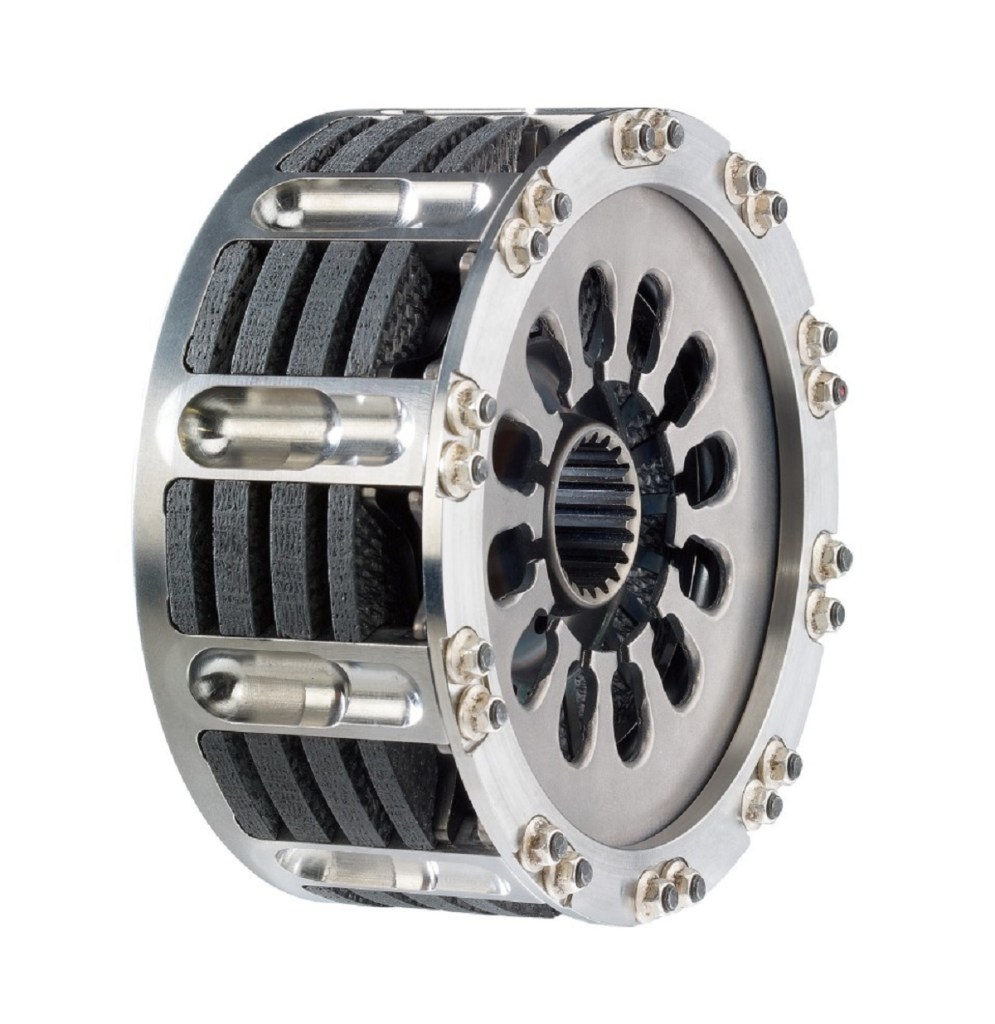
Do F1 Drivers Still Have to Use a Clutch?
Even ignoring the cost disparity, Formula 1 cars often look like rocket ships compared to most road cars. And some Formula 1 tech is genuinely beyond the reach of the average consumer. But even so, on a fundamental level, F1 cars have many of the same parts as road cars. They both have steering wheels, tires, brakes, transmissions, and so on. However, does that mean you’ll find an F1 driver wrestling with a clutch come race day?
Modern F1 cars do have clutches

Unless your car is a single-speed EV or has either a torque-converter automatic or a CVT, it has a clutch. Or, in the case of a dual-clutch automatic, two of them. It’s what lets power go from the engine to the transmission and onto the drive wheels. And engaging it breaks the connection between the engine and gearbox, which is what lets you shift gears, Car and Driver explains. This also lets you smoothly start off and stop without stalling the engine or damaging the transmission.
On a basic level, that last part is exactly what an F1 clutch does, Bleacher Report says. It disconnects the transmission from the engine and KERS and lets the racer smoothly set off and stop. And just like in DCT-equipped road cars, when F1 racers flick their shift paddles, a computer operates the clutch to change gear.
However, there are several key differences between the clutch in an F1 car and a road car. For one, the former isn’t operated by a pedal, and it’s not always controlled by a computer. Sometimes, racers have to control it with their hands. Or rather, the fingers of one hand.
Why is an F1 clutch operated by hand some of the time?

Looking at a modern F1 steering wheel reveals a kaleidoscope of LEDs, knobs, switches, and dials. And you’ll also find some paddles attached to it. However, only one pair is used for gear-shifting. There’s another set that controls the clutch, often shaped to the driver’s fingers to provide more feel and control.
But why do F1 cars’ clutches use hand-operated paddles? Firstly, it cuts down on how many pedals the drivers have to keep track of, Road & Track explains. Rather than dealing with three pedals, there’s just the accelerator and the brake pedal.
Secondly, most of the time, a computer controls the clutch, not the racer. In a typical F1 race, the driver only directly interacts with the clutch during starts, to find the bite point, and to warm up the tires, The Drive says. Why devote valuable weight and cockpit real estate to controlling something that rarely needs interaction?
Could you use one of these clutches in a street-legal car?

Besides the paddle-operated part, an F1 clutch also isn’t built quite like a road car’s clutch. True, on a basic level, both have flywheels and plate-shaped friction material. But that’s roughly where the similarities end.
F1 clutches have to withstand substantially higher forces, temperatures, and levels of abuse than road-going ones, R&T explains. And they have to weigh as little as possible and fit into as small a space as possible. In short, they’re built differently.
Whereas the average road car clutch has one clutch plate, F1 clutches have multiple, stacked plates, not unlike a motorcycle clutch. The plates themselves are typically made of lightweight carbon fiber. And for additional weight savings, F1 clutches have titanium housings and, to paraphrase supplier ZF, aviation-grade alloy components.
That being said, one car’s clutch came close to F1-spec: the Porsche Carrera GT. To keep the supercar’s weight and center of gravity low, and let the V10 rev quickly, Porsche used a multi-plate, small-diameter ceramic-composite clutch, MotorTrend explains. And while the clutch was finicky and expensive, it worked as intended.
But other than the Carrera GT, no road car is designed to accommodate the clutch from an F1 car. German supplier ZF confirmed as such when one M3 owner accidentally received one of the company’s F1 clutches, The Drive says. Still, for anyone struggling to master the manual, know that F1 drivers deal with something similar, too.
Follow more updates from MotorBiscuit on our Facebook page.


